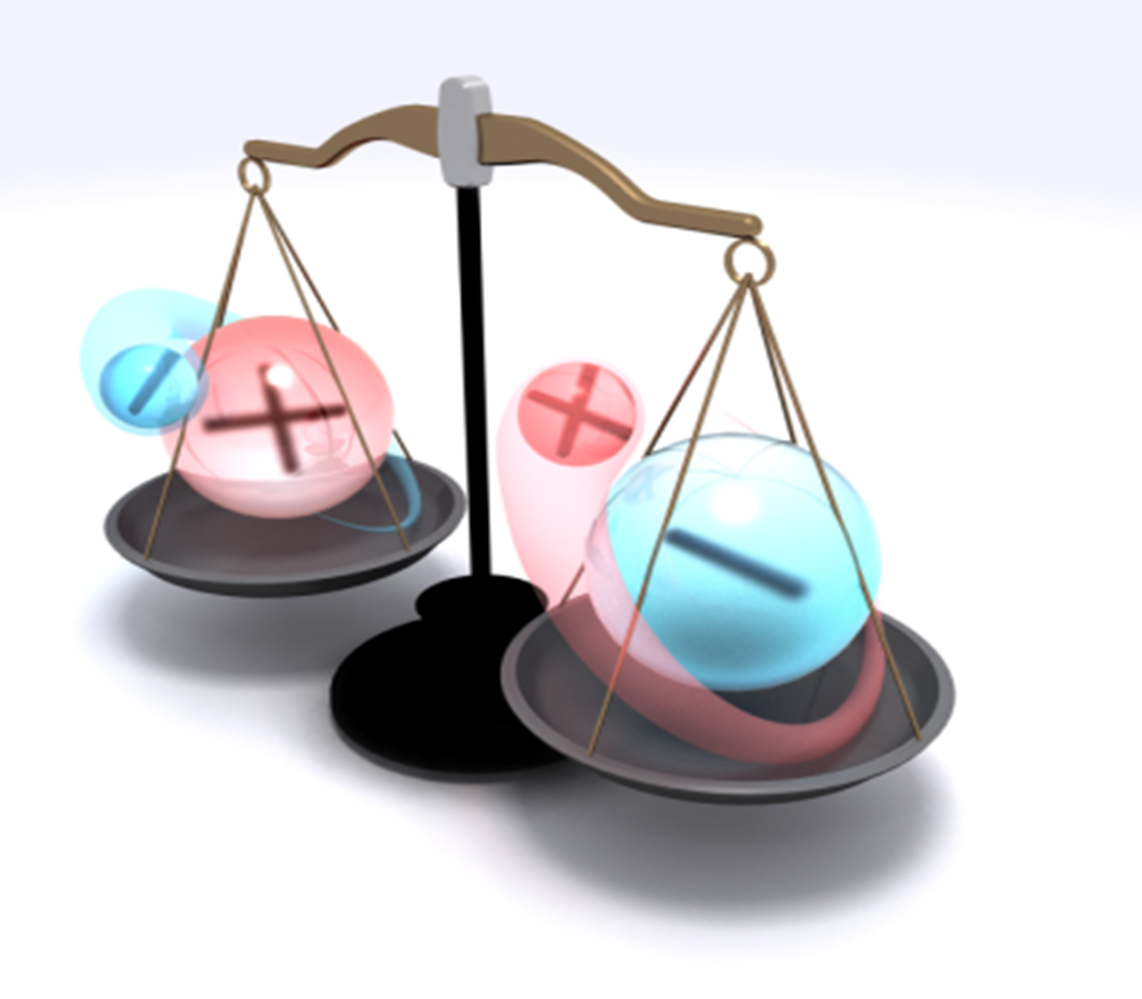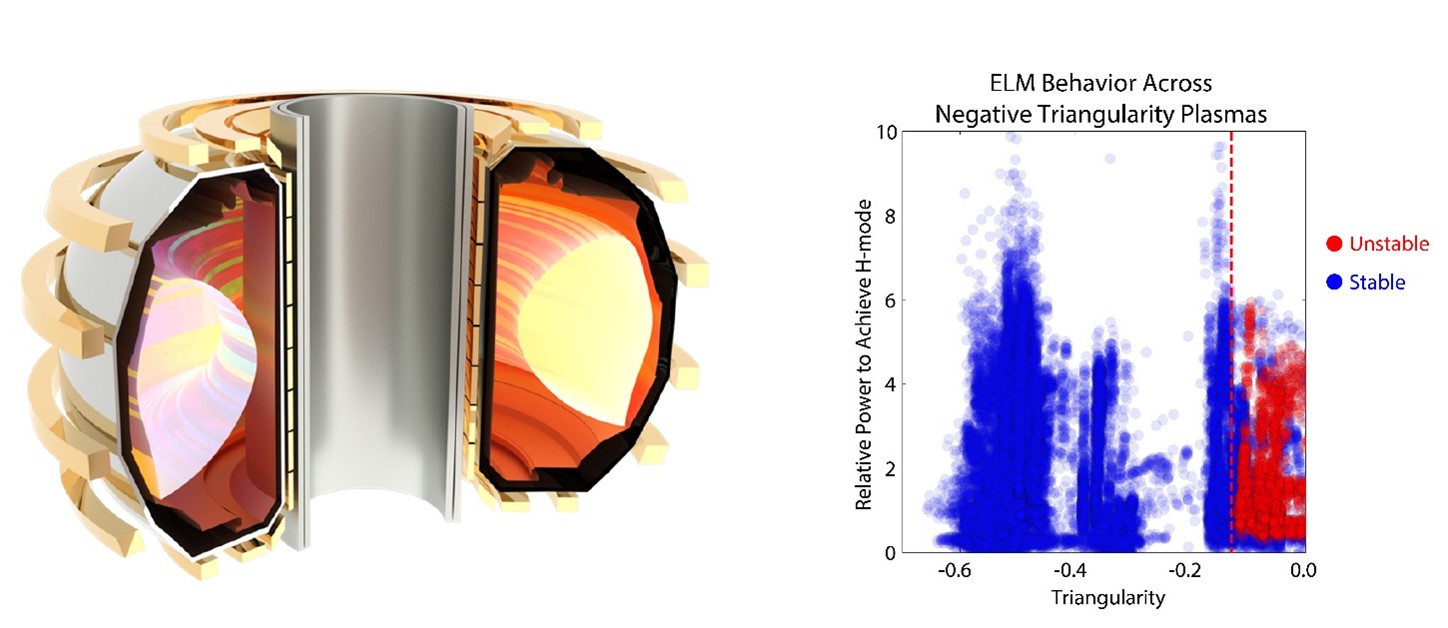Long Pulse: Stellarator:
Stellarators offer the promise of steady-state confinement regimes without transient events such as harmful disruptions. The three-dimensional (3-D) shaping of the plasma in a stellarator provides for a broader range in design flexibility than is achievable in a 2-D system. The participation of U.S. researchers on W7-X in Germany provides an opportunity to develop and assess 3-D divertor configurations for long-pulse, high-performance stellarators. The U.S. is developing control schemes to maintain plasmas with stable operational boundaries, including the challenges of control with superconducting coils and issues of the diagnosis-control cycle in long-pulse conditions. U.S. researchers play key roles in developing the operational scenarios and hardware configuration for high-power, steady-state operation, an accomplishment that advances the performance/pulse length frontier for fusion. The U.S. contributions during the W7-X construction phase have earned the U.S. formal partnership status. Accordingly, the U.S. is participating fully in W7-X research and access to data.
The U.S. domestic stellarator program is focused on optimization of the stellarator concept through quasi-symmetric shaping of the toroidal magnetic field. A conventional stellarator lacks axial symmetry, resulting in reduced confinement of energetic ions, which are needed to heat the plasma. Quasi-symmetric shaping, invented in the U.S., provides an improved solution for stable, well confined, steady-state stellarator plasma confinement.



